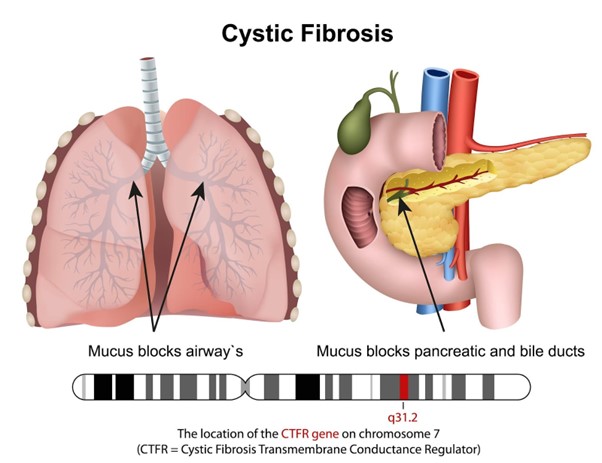A nurse is caring for a school-age child who is 2 hr postoperative following a cardiac catheterization.
The nurse observes blood on the child’s dressing.
Apply intermittent pressure 2.5 cm (1 in) below the percutaneous skin site.
Apply direct pressure to the puncture site.
Elevate the affected extremity above the level of the heart.
Leave the dressing undisturbed and notify the physician immediately.
The Correct Answer is B
The correct answer is choice B. Apply direct pressure to the puncture site.
Choice A rationale:
Applying intermittent pressure 2.5 cm (1 inch) below the percutaneous skin site is not the best approach. This method may not effectively control the bleeding and could potentially dislodge the introducer sheath.
Choice B rationale:
Applying direct pressure to the puncture site is the most effective way to control bleeding. Direct pressure helps to promote clot formation and reduce blood flow to the area, which is crucial in managing postoperative bleeding.
Choice C rationale:
Elevating the affected extremity above the level of the heart is not appropriate in this situation. While elevation can reduce swelling, it does not address the immediate need to control active bleeding.
Choice D rationale:
Leaving the dressing undisturbed and notifying the physician immediately is not advisable. Immediate action to control the bleeding is necessary before notifying the physician. Delaying intervention could lead to significant blood loss.
Nursing Test Bank
Naxlex Comprehensive Predictor Exams
Related Questions
Correct Answer is B
Explanation
The correct answer is B.
Previous violent behavior. According to the web search results, this is the best predictor of future violence among the given risk factors.
Other risk factors include past history of aggression, poor impulse control, and violence. Comorbidity that leads to acts of violence (psychotic delusions, command hallucinations, violent angry reactions with cognitive disorders).
Choice A is wrong because a history of being in prison is not a direct cause of violence, but rather a possible consequence of it.
Choice C is wrong because male gender is not a sufficient factor to predict violence, as there are many other variables involved. Choice D is wrong because experiencing delusions is not necessarily associated with violence, unless they are of a paranoid or persecutory nature.
Normal ranges for violence risk assessment are not standardized, but some tools that can be used include the Historical Clinical Risk Management-20 (HCR-20), the Violence Risk Appraisal Guide (VRAG), and the Psychopathy Checklist-Revised (PCL-R). These tools use different scales and criteria to evaluate the likelihood of violent behavior in individuals.
Correct Answer is B
Explanation
The correct answer is B.
Choice A reason: Completing oral hygiene is important for overall health, especially for individuals with cystic fibrosis, as they are at a higher risk for dental problems due to thick mucus that can harbor bacteria. However, oral hygiene does not have a direct impact on the effectiveness of postural drainage. Postural drainage is a technique used to clear mucus from the lungs, and while maintaining oral hygiene is beneficial, it is not a prerequisite for this procedure.
Choice B reason: Using a bronchodilator, such as an ibuterol inhaler, is recommended before postural drainage because it helps to open the airways, making the procedure more effective. Bronchodilators work by relaxing the muscles around the airways, which can become constricted in conditions like cystic fibrosis. This relaxation allows for easier clearance of mucus during postural drainage.
Choice C reason: Pancrelipase is an enzyme supplement used to aid digestion in patients with cystic fibrosis, who often have pancreatic insufficiency. While taking pancrelipase is crucial for nutrient absorption, it is not specifically related to the respiratory treatment of postural drainage. Therefore, it is not necessary to take pancrelipase immediately before this procedure.
Choice D reason: Eating a meal before postural drainage is not recommended. The procedure involves placing the body in positions that facilitate the drainage of mucus from the lungs due to gravity. Having a full stomach can cause discomfort, increase the risk of vomiting, and may hinder the effectiveness of the drainage. It is best to perform postural drainage when the stomach is empty, either before meals or at least 1.5 hours after eating.

Whether you are a student looking to ace your exams or a practicing nurse seeking to enhance your expertise , our nursing education contents will empower you with the confidence and competence to make a difference in the lives of patients and become a respected leader in the healthcare field.
Visit Naxlex, invest in your future and unlock endless possibilities with our unparalleled nursing education contents today
Report Wrong Answer on the Current Question
Do you disagree with the answer? If yes, what is your expected answer? Explain.
Kindly be descriptive with the issue you are facing.
